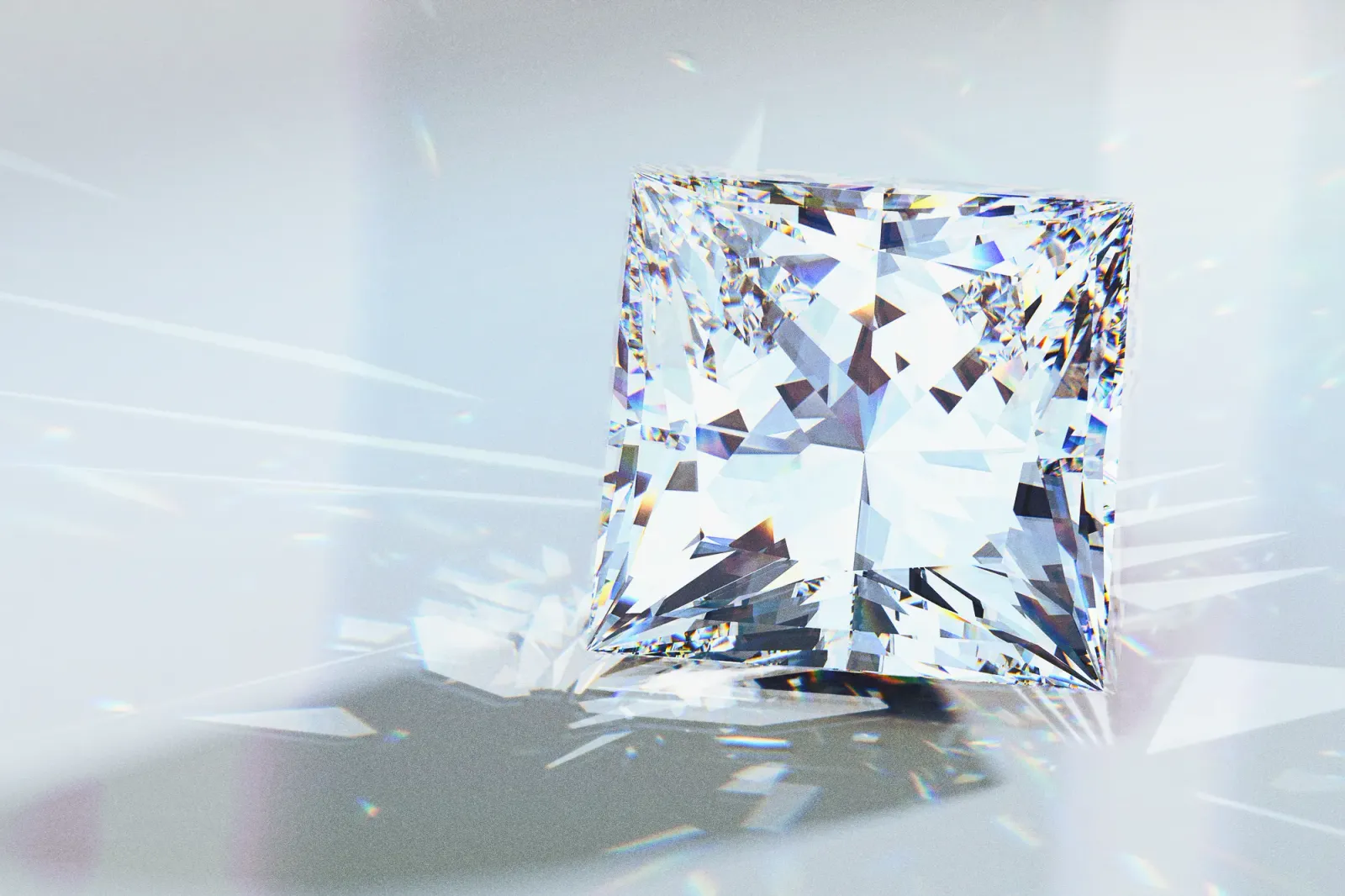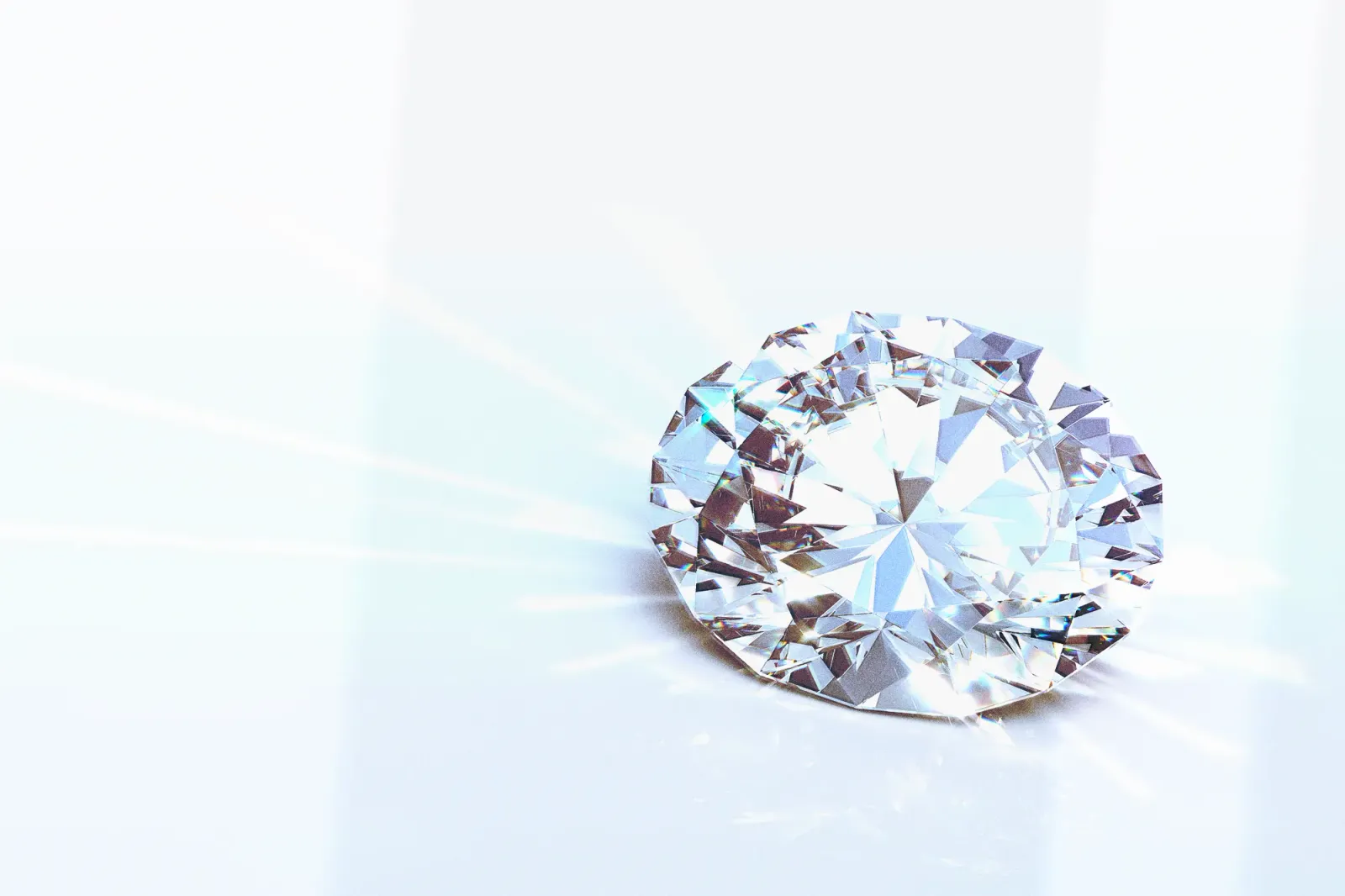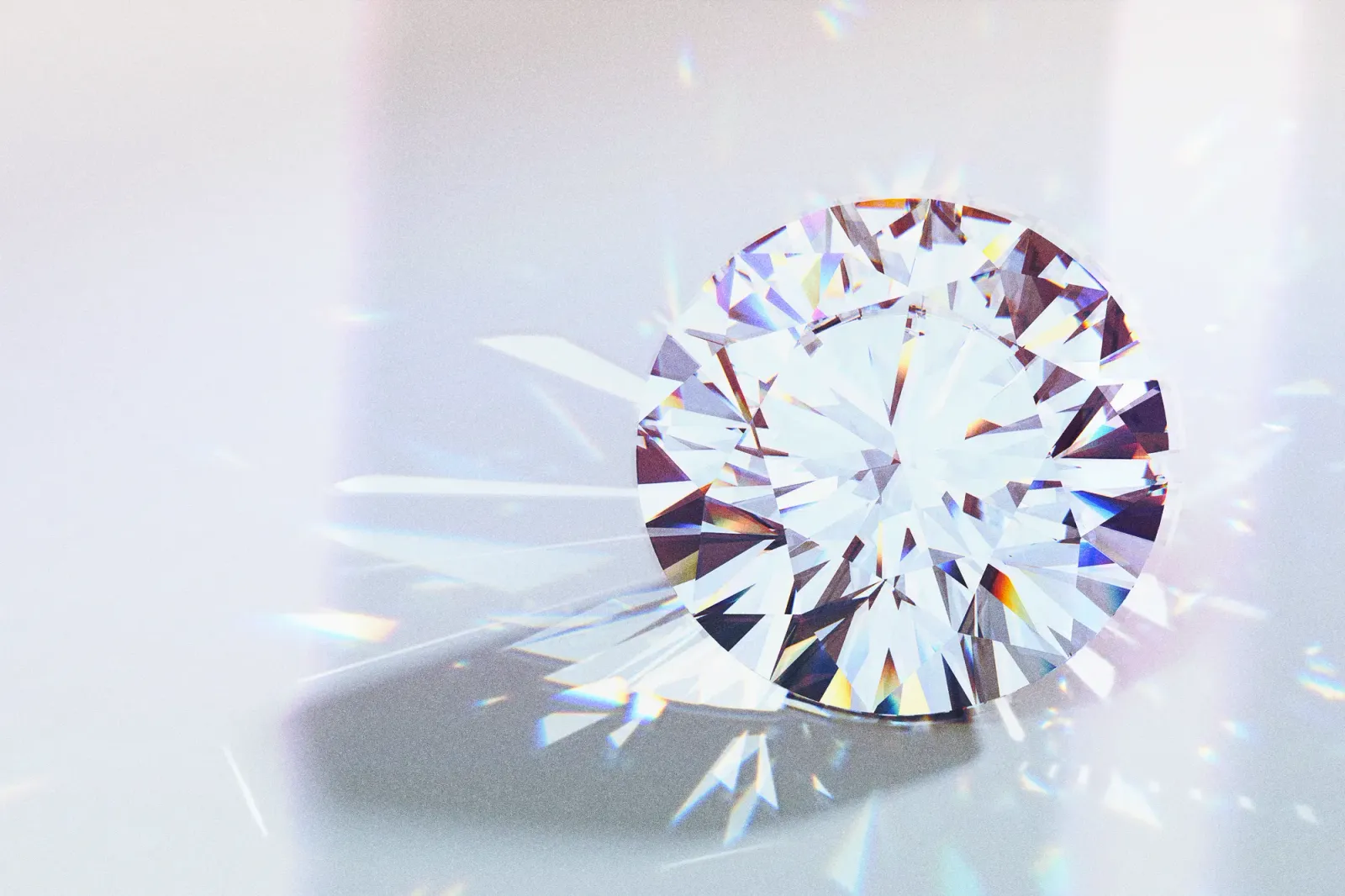A firm favorite for engagement rings and diamond jewelry, the princess cut delivers exceptional sparkle and fire. This square cut with sharp modern corners was created to emulate the light performance of the round brilliant cut, but with less rough diamond wastage from the cutting process. The result? A diamond cut with plenty of sparkle, fire and liveliness - all with a lower cost than rounds.
A cut to covet
If you want brilliance, but from a diamond that looks a bit different to the more common round, a princess cut fits the bill. Its strong geometric shape is matched with more than 50 facets delivering more sparkle than any of the other fancy square shapes. When looking at diamonds of equal carat weight, the crown, or top surface area of a princess is slightly smaller than a round brilliant, but the diagonal corner to corner measure is greater, ultimately giving the appearance of a larger diamond.
As with any diamond shape, cut quality is paramount (we think it's the most important of the 4Cs) because it has the greatest impact on light performance. However, the round brilliant is the only diamond shape on the market with a very specific 'ideal' cut, and is therefore the only shape the GIA grade for cut. All other diamond shapes are known as 'fancy' shapes, and there is more room for variation in facet design.
Looking at the crown (top of the diamond), princess cuts have a reasonably large table, with corners cut in a bezel shape (this creates the diamond shape which extends from the corner to the table as shown in the diagram below). This crown design is fairly standard, however you will almost certainly come across variety in the facets on the pavilion (lower part of the diamond). Princess cuts will feature either two, three or four chevron or 'V' shaped facets running from one corner down towards the culet then back up to the next corner. The diagram below features two chevrons. Starting from the middle you will see an 'X' shape which is the 'pavilion main' facet. Moving up there are then two chevrons.
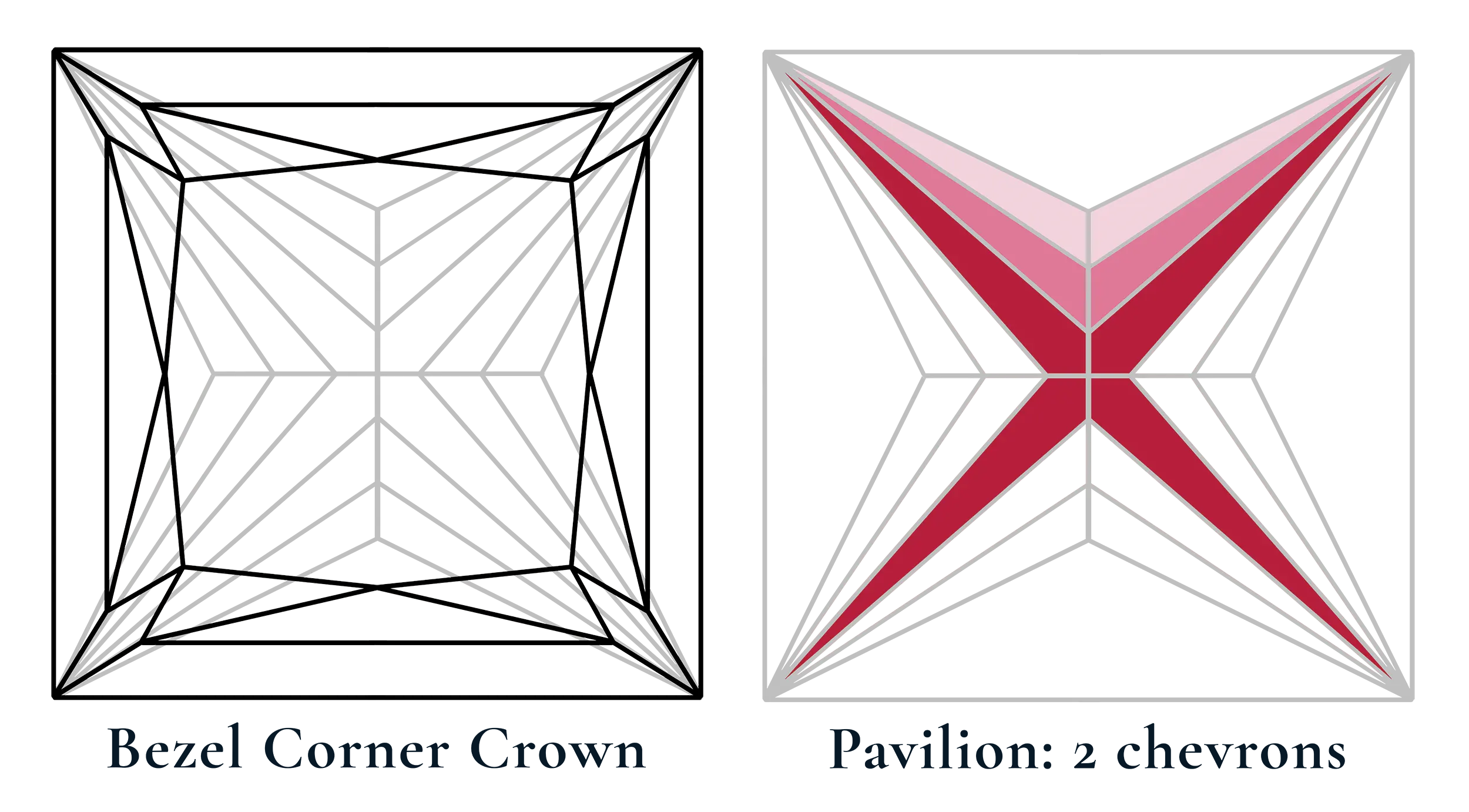
So how many chevron facets should you look for? Well, fewer chevrons means larger facets and broader flashes of light, whilst more chevrons means smaller facets with faster looking scintillation. Therefore it's really down to your personal taste - some people like the bolder flashes, whilst others like the almost crushed-ice sparkles produced by four chevrons. The difference between three and four chevrons is subtle, but noticeable. This princess cut from Blue Nile has four chevrons, and the 'crushed ice' effect is clear, whist this princess cut, also from Blue Nile, has three chevrons and slightly broader scintillation. You should bear in mind the carat size of your diamond - for larger stones more chevrons may be preferable, but four chevrons is probably too many for something under 0.5ct.
Princess cut diamonds: vital statistics
These measurements are a good place to start when filtering for cut quality.
| Princess Cut | |
|---|---|
| Table % | 65% - 75% |
| Depth % | 68% - 72% is ideal, but anything in the 65% - 75% range is very good. |
| Length to Width Ratio | For an excellent cut 1.0 - 1.03, but anything under 1.05 is still good. |
| Girdle | Very thin - slightly thick |
| Culet | None - Very Small |
Whilst you occasionally get a rectangular princess cut, most are square so look out for the length to width ratio. Anything over 1.05 will look off-square. As an example, this 0.72 G VVS1 princess from Blue Nile is definitely one to avoid.

With a L/W ratio of 1.09 it is obviously off-square, but neither is it truly rectangular (it's also carrying excess weight in the girdle). If you're actively seeking a rectangular look, a L/W ratio over 1.2 will look intentionally rectangular.
Princess cut diamonds: which color grade?
The color grade a diamond is assigned refers to how colorless the diamond is, and the GIA color grade scale is almost universally used. Princess cuts really deliver when it comes to brilliance, sparkle and fire, and this lively light performance can mask a small amount of color. On the flip side, the princess cut has a relatively large table, and a larger table can make color more visible. Therefore, if you're looking for the icy white appearance our recommendation is to stick to stones graded G or above.
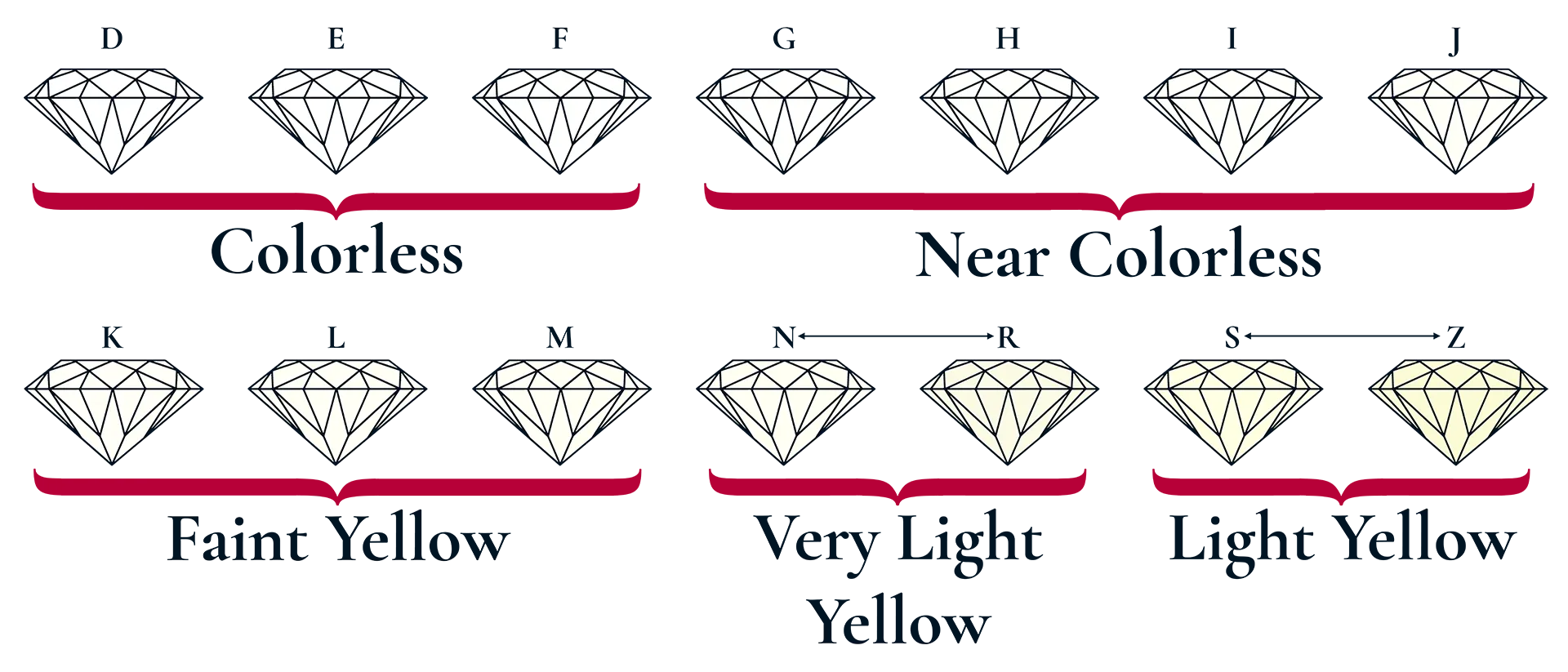
We have more about how diamonds are graded for color here, but if you're looking to reduce the amount of your budget apportioned to color, an H or I will only show slight color. This stunning 1.3 carat I color princess cut from James Allen shows that an I color stone carries a little color, but it really is subtle. Also, if you're setting your diamond in a yellow or rose gold ring, the warmer tones of an H or I diamond would be set off beautifully and you'll benefit from the warmth of the yellow metal. If you do choose to go for a colorless grade, be sure to set it in a white gold or platinum ring, so that warm yellow light is not reflected into the diamond.
Princess cut diamonds: which clarity grade is best?
When it comes to clarity, again the scintillation and overall light performance of a princess cut can mask small inclusions and blemishes well. Therefore as with round cut diamonds, you don't need a near flawless diamond for spectacular sparkle. The diamonds that present the best value are 'eye clean', in other words they have no flaws visible to the naked eye. A princess cut graded VS2 or even SI1 should be eye clean, but note that larger carat weights have larger tables, and flaws are therefore more obvious. For diamonds of 1 carat+ stick to VS2 or above, and as you near 2 carats the minimum should be VS1.
Whilst many couples seek 'eye clean' diamonds because they present the best value, others prefer a more technically flawless stone and look for the higher clarity grades. This 2.03 carat, F VVS1 princess cut is simply stunning. Flaws inhibit the refraction and return of light - but flaws come in different forms, with some worse than others. Size and location are key - a dark crystal in the middle of the table will be very obvious, whilst an inclusion in the culet may be reflected multiple times.
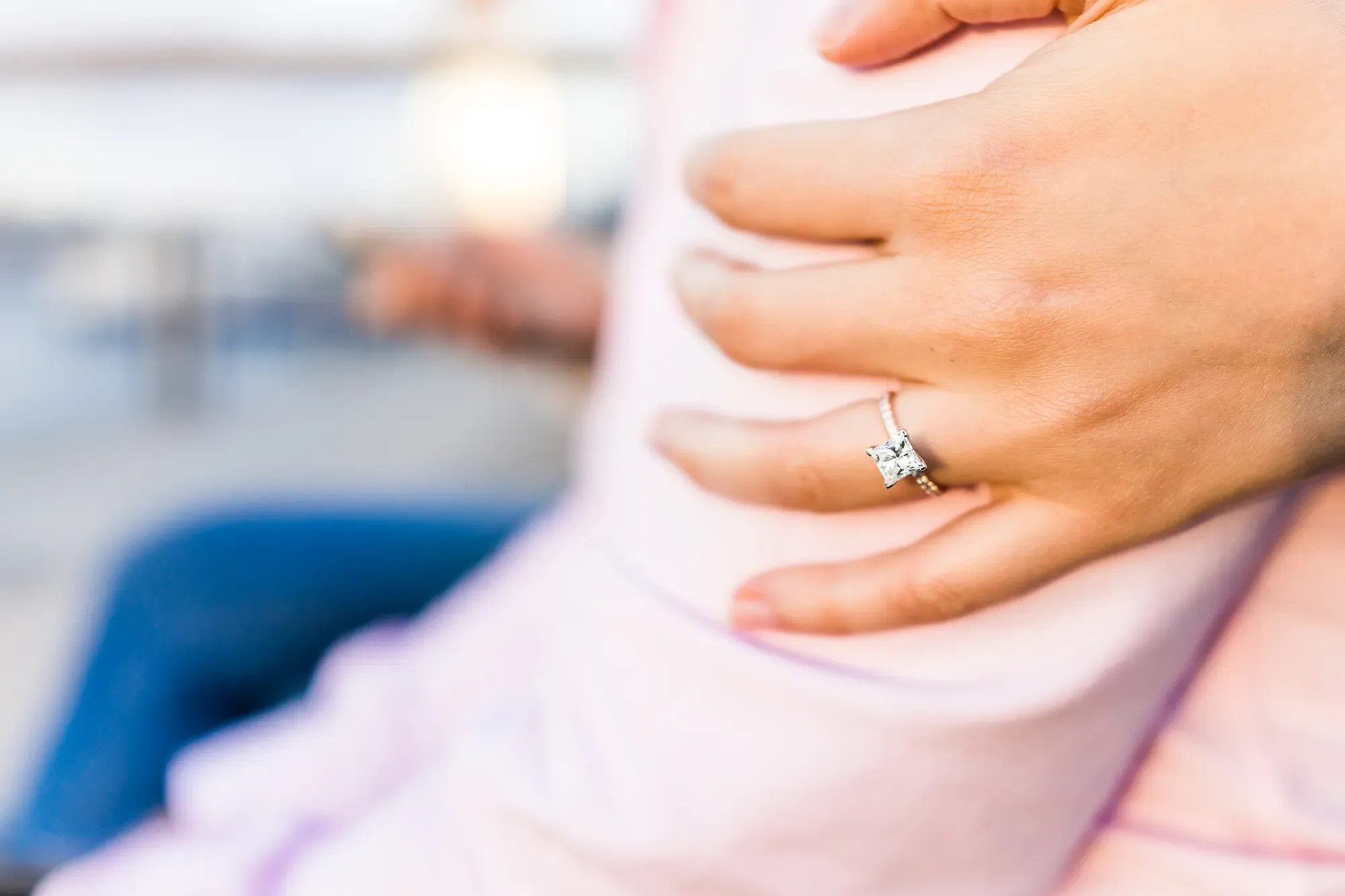
The clean, geometric corners of a princess cut are beautiful, but they are also a point of vulnerability at risk of chipping. Inclusions can create a weak point in the diamond, so in a princess, avoid them in the corners as serious inclusions here will increase the risk of damage.
Princess cut diamonds: pricing
Good news! Of all the diamond shapes princess cuts have one of the lowest prices per carat. This is because the cut was developed with both sparkle and efficiency in mind. Why? It may surprise you to learn that when cutting a round brilliant diamond, around 60% of the original rough is lost - so, to illustrate, from 1 carat of rough you get a 0.4 carat round brilliant. However, when cutting a princess, only around 20% of the rough is lost - so from 1 carat of rough you get a 0.8 carat polished princess cut. Many rough diamonds come in an octahedral form, and the pyramid shape of the princess is broadly the shape of one half of the rough. These cutting efficiencies go towards a lower price. Happy diamond cutters and happy customers!
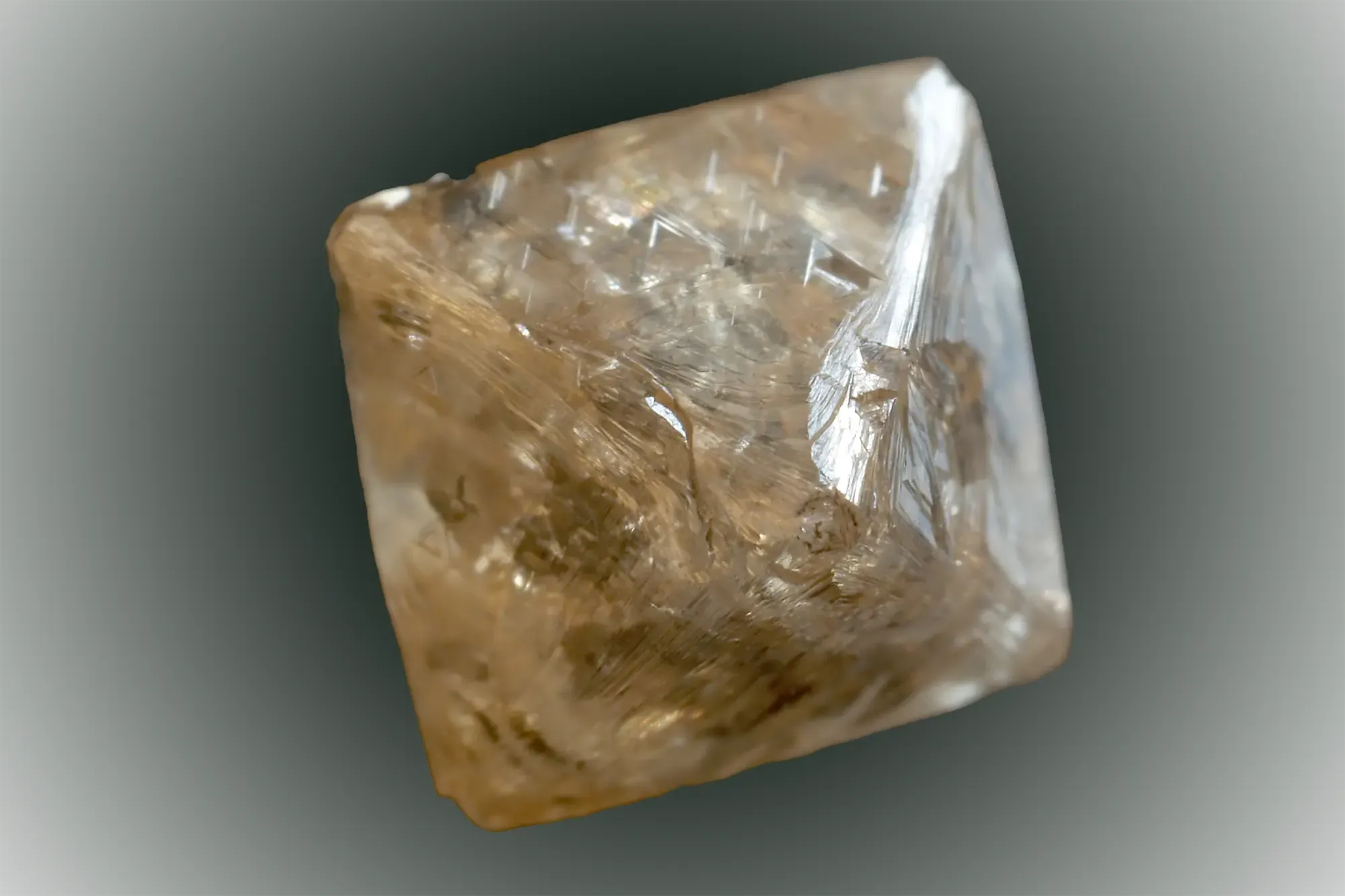
And finally...
We've covered the fundamentals for finding a princess cut diamond that delivers exceptional sparkle, fire and brilliance. Working out your priorities and preferences will help you find the right diamond ring and it'll make your budget work harder. Whilst we always recommend prioritizing cut quality, when it comes to the other three Cs (clarity, color and carat), work out your preferences so you're paying for the qualities you appreciate the most. Keep the length to width ratios in mind, as well as watching out for symmetry to keep the culet in the center, not off to one side.
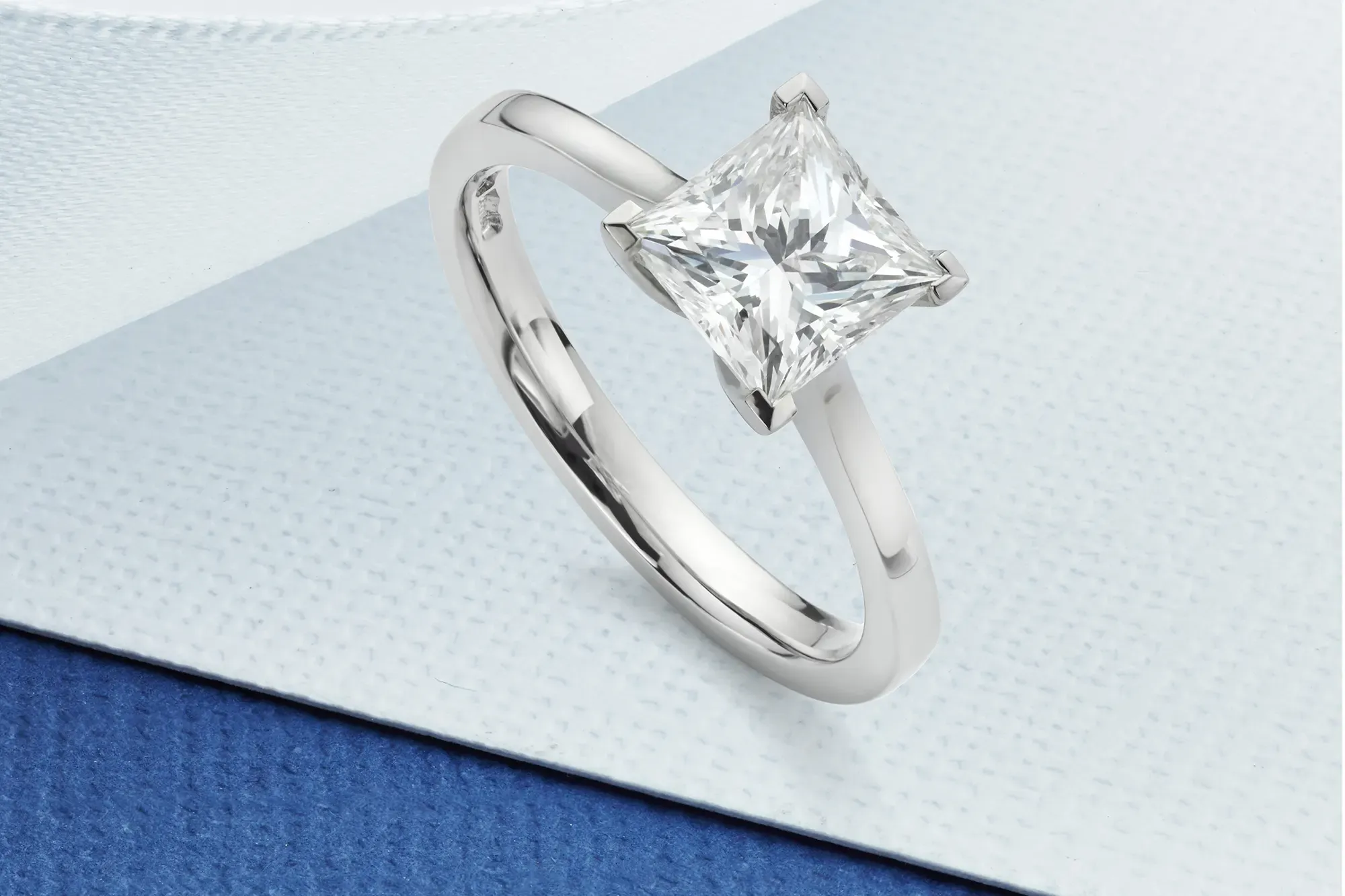
We love the fact that the princess cut lends itself to many different ring styles. It looks just as fabulous set as a simple solitaire, surrounded by a halo of diamonds, or sitting between sparkling side stones. For a more unusual look, you can also set the diamond on the diagonal, so that one corner is pointing down the finger. Whichever style you choose, it's sure to be cherished for years to come.

